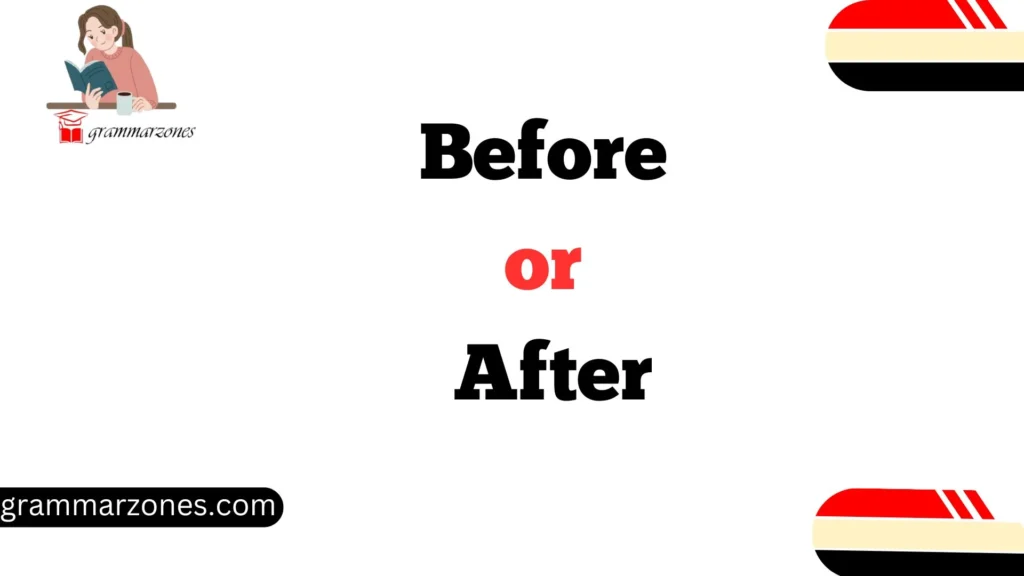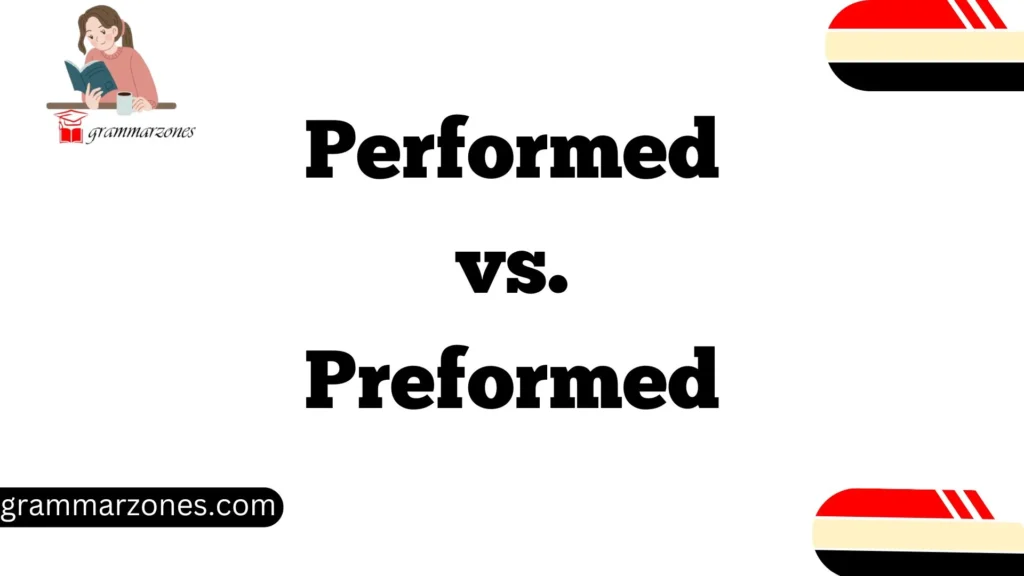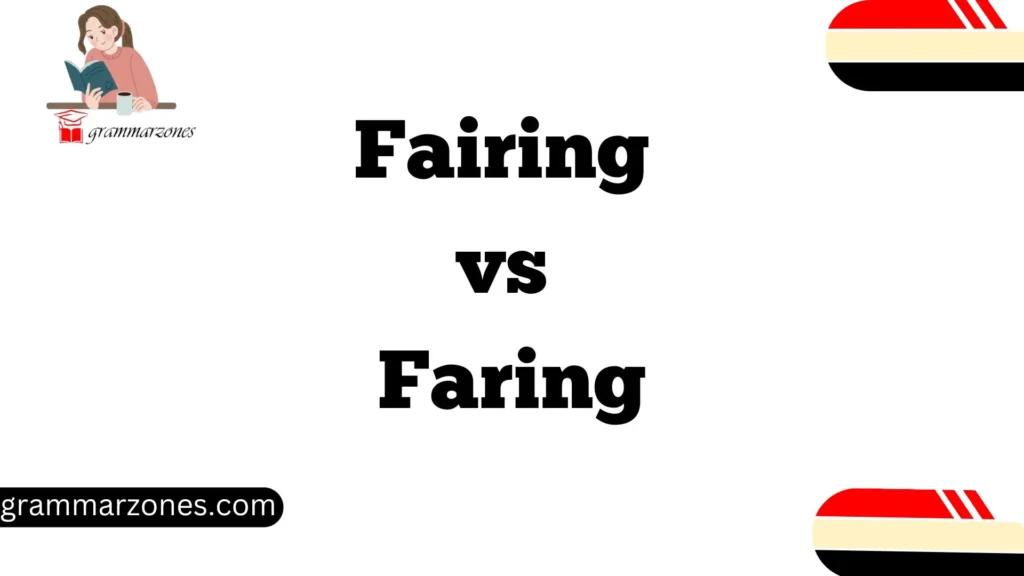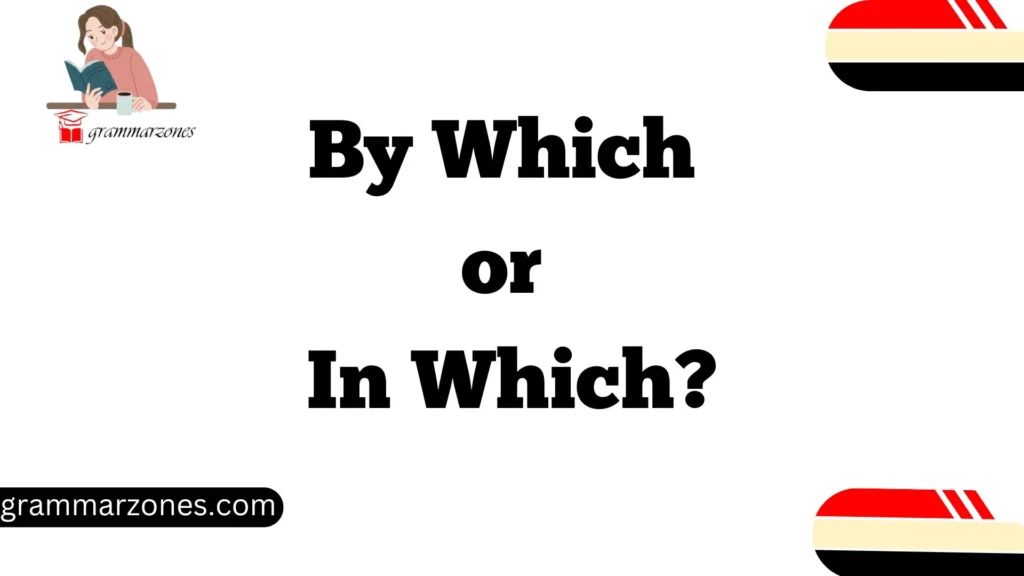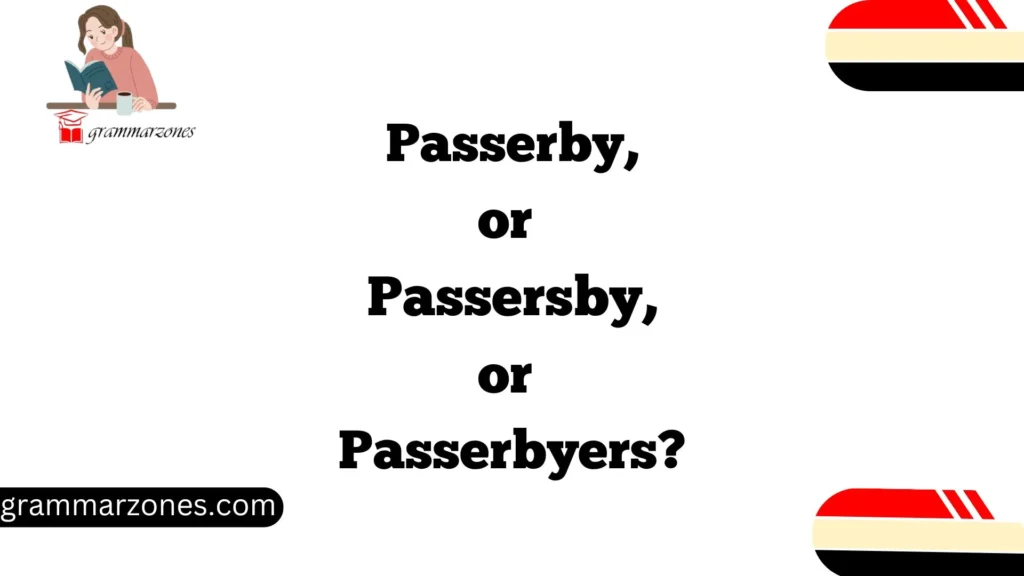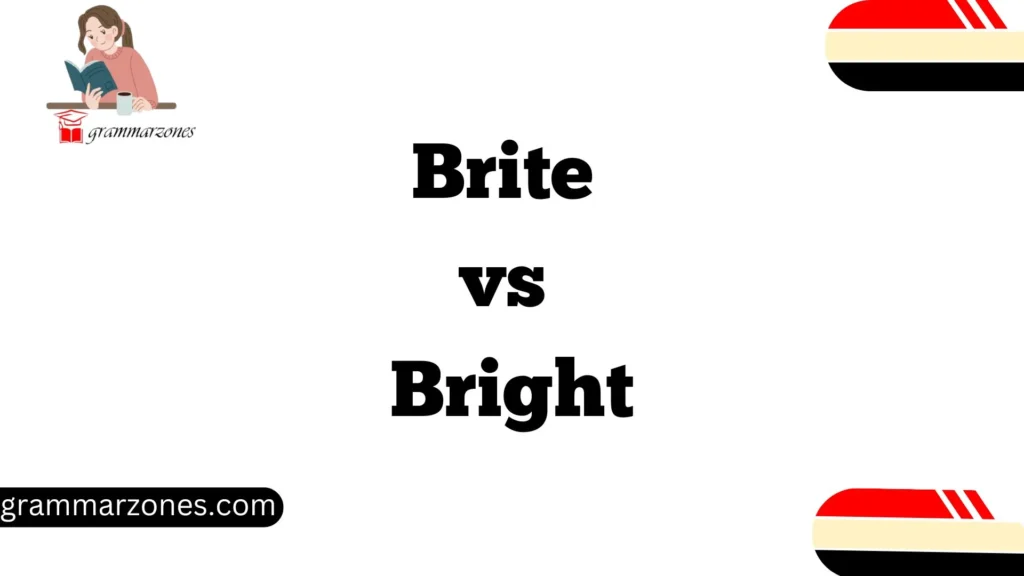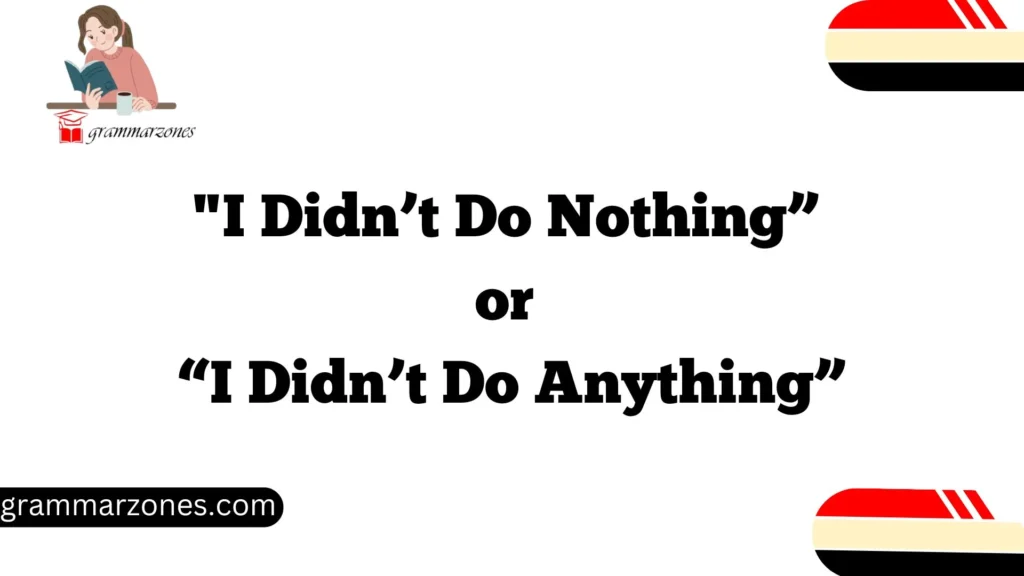When it comes to punctuation, one of the most common questions that arise is about the proper placement of commas, particularly when the phrase “for example” is involved.
It may seem like a simple matter, but understanding when and where to place commas can significantly improve the clarity and flow of your writing.
In this guide, we will break down everything you need to know about commas before and after “for example”, providing examples, rules, and a few exceptions. By the end, you’ll have a clear grasp of this often misunderstood punctuation rule.
Understanding the Role of “For Example” in Writing
The phrase “for example” serves as a transitional tool in writing, introducing an instance or a specific illustration to support the point being made. It functions as a bridge between general statements and specific details, allowing readers to better understand a concept or argument.
For example, if you’re writing about healthy eating, you might say, “There are many types of fruits that contribute to a balanced diet. For example, oranges provide a significant amount of vitamin C.”
Here, “for example” introduces the specific fruit that illustrates the broader point about fruits. Without it, the sentence would feel incomplete or vague. This simple phrase adds depth and makes complex information more digestible.
The Basic Grammar of Commas and “For Example”
Understanding basic comma rules will help you grasp how commas should interact with phrases like “for example.” Commas are essential for creating clear, readable sentences. They separate ideas, provide pauses for the reader, and prevent confusion.
- Commas after introductory phrases: A comma typically follows introductory elements, such as “for example,” when they precede the main clause in a sentence.
- Punctuating clarity: The comma sets off the example from the main statement, ensuring the reader knows a specific illustration is coming.
To Comma or Not to Comma? The Core Rule for Beginners
The most important rule to follow when using “for example” is to place a comma after it when it begins a sentence or clause. This helps separate the introductory phrase from the rest of the sentence.
- Example with comma before “for example”: “Many animals are nocturnal, for example, owls and bats.”
Here, the comma before “for example” clarifies that you’re about to offer an example of nocturnal animals.
In some cases, especially in shorter sentences, the comma might not always be necessary, but it usually helps maintain clarity. If you’re in doubt, adding a comma will generally be safer.
“For Example” vs. “E.g.”: Knowing the Difference
You may encounter “e.g.” as a shorthand for “for example” in both formal and informal writing. Although both serve the same purpose, there are subtle differences between them:
- “For example”: This phrase is more versatile and can be used in a wide range of sentence structures.
- “E.g.”: This abbreviation is typically used in academic or professional writing and is followed by a list of examples. It’s formal and usually appears within parentheses.
| Phrase | Usage | Example |
| For example | More flexible, can be used at the beginning or middle of a sentence. | “There are many fruits that are high in vitamin C. For example, oranges are excellent for boosting immunity.” |
| E.g. | Mostly used in parenthetical phrases. | “You can try several citrus fruits (e.g., oranges, lemons, grapefruits) for your vitamin C intake.” |
When to Use a Comma Before “For Example”
Now, let’s get into the nitty-gritty of when to place a comma before “for example”. The rule is simple: when “for example” is used to introduce an example in the middle or at the start of a sentence, a comma typically precedes it.
For example:
- “Many fruits are rich in vitamins, for example, oranges and strawberries.”
- “There are different types of cuisine, for example, Italian, Chinese, and Mexican.”
In both of these cases, the comma acts as a natural pause, allowing the reader to anticipate the specific examples that follow.
Key Points to Remember:
- Use a comma before “for example” when it introduces a list or specific detail.
- It’s essential for clarity and flow.
Commas and Serial Lists: How They Work Together
The use of commas in serial lists (also known as the Oxford comma) plays an essential role when “for example” is involved. In a serial list, commas separate items, and a comma before “for example” helps to keep the structure clear and readable.
Example without Oxford comma: “I enjoy eating fruits like oranges, apples and bananas for example.”
Example with Oxford comma: “I enjoy eating fruits like oranges, apples, and bananas, for example.”
In more formal writing, it’s a good idea to follow the Oxford comma rule to avoid any ambiguity.
The Parenthetical Use of “For Example”: Mid-Sentence Clarity
Sometimes, “for example” appears within the middle of a sentence. When this happens, you’ll need to set it off with commas before and after the phrase. This helps create a smooth flow and ensures that the sentence remains easy to follow.
- “Healthy snacks, for example, include fruits, nuts, and yogurt.”
- “Some people prefer fruit-based desserts, for example, pies and sorbets.”
The commas help to enclose the phrase and make the example feel like a natural aside to the reader.
Are There Exceptions to the Rule?
While most rules about commas with “for example” are straightforward, there are some exceptions based on the style and structure of your sentence. Here are a few scenarios to keep in mind:
- Shorter sentences: If your sentence is very short and the example is not intrusive, the comma before “for example” may be optional.
- “I love fruit for example apples.”
This sentence could be grammatically correct without the comma, but it’s still clearer with it: “I love fruit, for example, apples.”
- “I love fruit for example apples.”
- Complex sentences: In more complex sentences with multiple clauses, the structure may dictate how many commas are needed.
Comma After “For Example”: When to Use It Correctly
While the comma before “for example” is a widely accepted rule, the comma after “for example” is often a point of confusion. Generally, you don’t need to place a comma immediately after “for example” unless you’re concluding the sentence with a list or parenthetical information.
For example:
- “There are various healthy snacks available for example, nuts, fruits, and yogurt.”
Here, the comma before “for example” introduces the list, but you don’t need a comma after it unless the sentence requires it. - “Many desserts are fruit-based. For example, sorbets are made entirely from fruit.”
Notice that in this example, the sentence ends with “for example,” and no comma is placed after it.
Common Mistakes to Avoid with “For Example” and Commas
Even experienced writers can make mistakes when using “for example.” Here are some common pitfalls to avoid:
- Overusing commas: Too many commas can clutter your writing and disrupt the flow. Only use a comma when it’s necessary for clarity.
- Placing a comma before “for example” in every case: Not every sentence needs a comma before “for example.” In some cases, it’s better to omit it, especially in shorter sentences.
- Forgetting the second comma: If you place a comma before “for example” in the middle of a sentence, remember to add one after it too.
What Happens When You Start a Sentence with “For Example”
Starting a sentence with “for example” is perfectly fine, but you must place a comma after it. This signals to the reader that you are about to introduce an illustration.
Example:
- “For example, oranges are rich in vitamin C.”
Here, the comma helps to separate the introductory phrase from the rest of the sentence.
Enclosing Examples with Parentheses and Other Punctuation Marks
Another way to present examples is to use parentheses. When you place “for example” inside parentheses, you still need to consider the surrounding punctuation.
Example:
- “Many fruits are rich in vitamins (for example, oranges, strawberries, and apples).”
Parentheses offer a more formal, concise way of presenting examples within your writing.
Stylistic Considerations: Readability vs. Traditional Rules
While adhering to grammatical rules is important, readability is equally crucial. Overuse of commas can make your writing feel stilted or cumbersome. The goal is to strike a balance—using commas to improve clarity without bogging down the flow of the text.
It’s okay to break from traditional punctuation rules occasionally, especially in informal writing or when it serves to improve readability. That said, always strive for clarity.
Advanced Usage: “For Example” in Complex Sentences
In complex sentences, you might be dealing with multiple clauses, which makes the placement of commas more nuanced. “For example” can appear at the beginning, middle, or end of a sentence, and the commas around it need to reflect that.
Example:
- “Healthy food, for example, helps boost immunity, and it improves overall health.”
This sentence has two clauses, and the commas set off the “for example” phrase to ensure each part is easy to digest.
The Importance of Context in Comma Usage
Context plays a huge role in determining comma placement. In some cases, such as in more creative or narrative writing, you might use a more relaxed style of punctuation. In academic or professional writing, the rules are often stricter.
Conclusion
Proper punctuation is more than just a grammatical rule—it’s a tool for making your writing clear and easy to understand. The phrase “for example” is incredibly useful, but it requires the correct punctuation to make your writing flow smoothly. Whether you’re using a comma before or after “for example,” the key is to consider your sentence structure and the clarity of your message.
Further Reading
If you’d like to explore more punctuation rules and tips, check out our other in-depth guides on grammar and punctuation. Keep practicing, and don’t hesitate to experiment with sentence structures to find what works best for you!
FAQs: Comma Before or After “For Example”?
1. Do you always need a comma before “for example”?
Not always. A comma is typically used before “for example” when it introduces a specific illustration within a sentence. However, if the sentence is very short or if “for example” is naturally integrated into the sentence flow, the comma may not be necessary.
Example (with a comma):
✔️ Many animals are nocturnal, for example, owls and bats.
Example (without a comma):
✔️ You can eat citrus fruits for example oranges and lemons. (Less common but acceptable in informal writing.)
2. Should I use a comma after “for example” when it starts a sentence?
Yes. If “for example” begins a sentence, it should always be followed by a comma.
✔️ For example, oranges contain a high amount of vitamin C.
3. Can I use “for example” and “e.g.” interchangeably?
Not exactly. “For example” is a full phrase and fits naturally into most types of writing, while “e.g.” is a Latin abbreviation that is mostly used in formal or academic contexts, often within parentheses.
✔️ Many animals are nocturnal. For example, bats and owls hunt at night.
✔️ Many animals are nocturnal (e.g., bats and owls).
4. Do I need a comma after “for example” in the middle of a sentence?
Yes. If “for example” appears in the middle of a sentence, it should generally be set off by commas before and after it.
✔️ Healthy snacks, for example, include fruits, nuts, and yogurt.
5. Can “for example” be used at the end of a sentence?
Yes, but it’s not common. If it does appear at the end, a comma is usually not needed.
✔️ Some animals hunt at night, like owls and bats for example. (Less formal)
✔️ Certain animals are nocturnal—bats and owls, for example. (More formal)

“Emma Brooke is an aspiring writer with a passion for mastering the English language. At GrammarZones.com, Emma explores the intricacies of grammar, punctuation, and vocabulary, providing clear and accessible explanations for learners of all levels.
